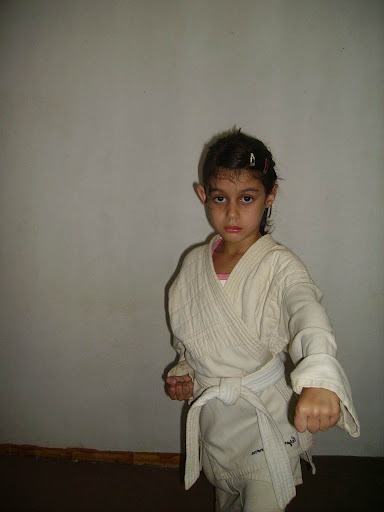

Husband and wife are divided - Hannelore Schmatz is in one group with other climbers and two sherpas, while the rest are with her husband in the other. Finally, they try again to get back to the South Col point, this time splitting into large groups of two. 24, 1979.īut a several-day blizzard forces the entire camp to descend back to down the Camp III base camp. The group decided to set up their last high camp at the South Col on Sept. They then traversed the Geneva Spur in order to reach the camp at the South Col which is a sharp-edged mountain point ridge at the lowest point between Lhotse to Everest at an altitude of 26,200 feet above ground. Göran Höglund/Flickr Hannelore and her husband received approval to climb mount Everest two years before their perilous hike.ĭuring the climb, the group hiked at an altitude of about 24,606 feet above the ground, a level of altitude referred to as “the yellow band.”

In July 1979, everything was prepared and ready to go, and the group of eight began their trek along with five sherpas - local Himalayan mountain guides - to help lead the way. Hannelore was the only woman in the group. Besides Hannelore and Gerhard Schmatz, there were six other experienced high-altitude climbers that joined them on Everest.Īmong them were New Zealander Nick Banks, Swiss Hans von Känel, American Ray Genet - an expert mountaineer who the Schmatzs had conducted expeditions with before - and fellow German climbers Tilman Fischbach, Günter fights, and Hermann Warth.

In addition to equipment, they also needed to assemble their expedition team. Hannelore Schmatz booked a warehouse in Nepal to store their equipment which weighed several tons in total. Hannelore, who her husband noted as “a genius when it came to sourcing and transporting expedition material,” oversaw the technical and logistical preparations of their Everest hike.ĭuring the 1970s, it was still difficult to find adequate climbing gear in Kathmandu so whatever equipment they were going to use for their three-month expedition to Everest’s summit needed to be shipped from Europe to Kathmandu. After another successful climb to Lhotse, which is the fourth highest mountain top in the world, in June 1977, they finally got word that their request for Mount Everest had been approved. As the years passed, the mountains they climbed got higher. The pair climbed a mountain top each year since to increase their ability to adjust to high altitudes. They submitted their request to the Nepalese government for a permit to climb Earth’s deadliest peak and began their strenuous preparations. Not skipping a beat, they soon decided on what their next ambitious climb would be.įor reasons unknown, the husband and wife decided it was time to conquer the highest mountain in the world, Mount Everest. In May 1973, Hannelore and her husband returned from a successful expedition to the top of Manaslu, the eighth mountain top in the world standing at 26,781 feet above sea level, in Kathmandu. Hannelore Schmatz and her husband Gerhard Schmatz were a pair of experienced mountaineers who had traveled to reach the world’s most indomitable mountain tops. Only the most experienced climbers in the world dare to brave the life-threatening conditions that come with the ascent to the summit of Everest. DW Hannelore Schmatz and her husband Gerhard were avid mountaineers.


 0 kommentar(er)
0 kommentar(er)
